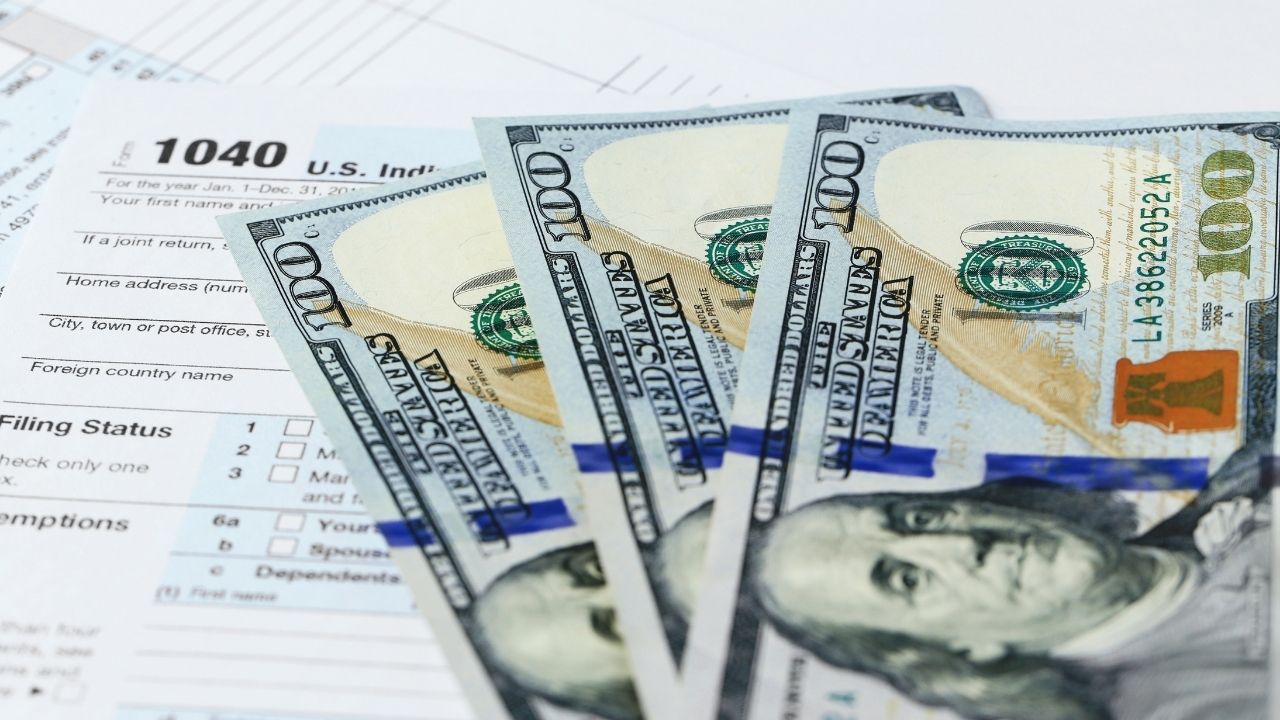 Balancing two jobs or a full-time career with a side hustle can be rewarding, not just for your wallet but also when it comes to qualifying for a mortgage. Lenders recognize that additional income can strengthen your application, but there are specific rules to ensure your income is reliable and sustainable.
Balancing two jobs or a full-time career with a side hustle can be rewarding, not just for your wallet but also when it comes to qualifying for a mortgage. Lenders recognize that additional income can strengthen your application, but there are specific rules to ensure your income is reliable and sustainable.
If you’re wondering whether you can use the income from two jobs to qualify for your dream home, the answer is yes, but there are some important factors to consider.
How Lenders View Your Income
-
Primary Job Income
Your main job is the backbone of your financial profile and carries the most weight with lenders. This consistent and reliable income forms the foundation of your mortgage approval. -
Secondary Job or Side Hustle Income
Additional income can be included in your application if it meets specific criteria: -
You’ve been working your second job for at least two years.
-
The income is stable, and you can demonstrate that it’s sustainable over time. Lenders will assess the hours, workload, and consistency of your second job to determine whether it’s reliable.
What You’ll Need to Qualify
To include income from both jobs, you’ll need thorough documentation:
-
Pay Stubs
Provide recent pay stubs from both jobs to verify your current earnings. -
Tax Returns
Your tax returns from the past two years should reflect income from both jobs, showing consistency over time. -
Employment History
Lenders will look for a steady employment history in both positions. This helps prove that your second job isn’t temporary or sporadic.
What Happens if You Don’t Meet the Two-Year Requirement?
If your second job is relatively new and doesn’t meet the two-year threshold, it likely won’t count toward your qualifying income. However, that doesn’t mean you’re out of options. Here’s what you can focus on instead:
-
Strengthen Your Credit Profile
A strong credit score can offset other areas of your application that may need improvement. Pay down existing debts, make all payments on time, and avoid opening new credit accounts before applying for a mortgage. -
Save for a Larger Down Payment
A substantial down payment can improve your loan-to-value (LTV) ratio, making you a more attractive borrower to lenders. -
Show Stability in Your Primary Job
Even without the second income, consistent earnings from your primary job can be enough to qualify, depending on the loan amount and your debt-to-income ratio.
Why Documentation Matters
Lenders require thorough documentation to ensure that your income is stable and sufficient to cover your mortgage payments. By providing accurate records and demonstrating consistency, you can maximize your chances of approval—even if you’re relying on income from two jobs.
A Strategic Approach to Home Buying
Whether you’re planning to buy your first home or upgrade to a new one, it’s essential to approach the mortgage process strategically. If you’re working multiple jobs, ensure you’ve got the right paperwork and meet the required criteria. This preparation can make the process smoother and give you the confidence to secure the home you want.
 Scams are everywhere, and the mortgage world is no exception. As you start the exciting journey of homeownership, it’s essential to be aware of the potential risks and arm yourself with knowledge to protect your investment. Here’s what you need to know about common mortgage scams and how to safeguard your financial future.
Scams are everywhere, and the mortgage world is no exception. As you start the exciting journey of homeownership, it’s essential to be aware of the potential risks and arm yourself with knowledge to protect your investment. Here’s what you need to know about common mortgage scams and how to safeguard your financial future.